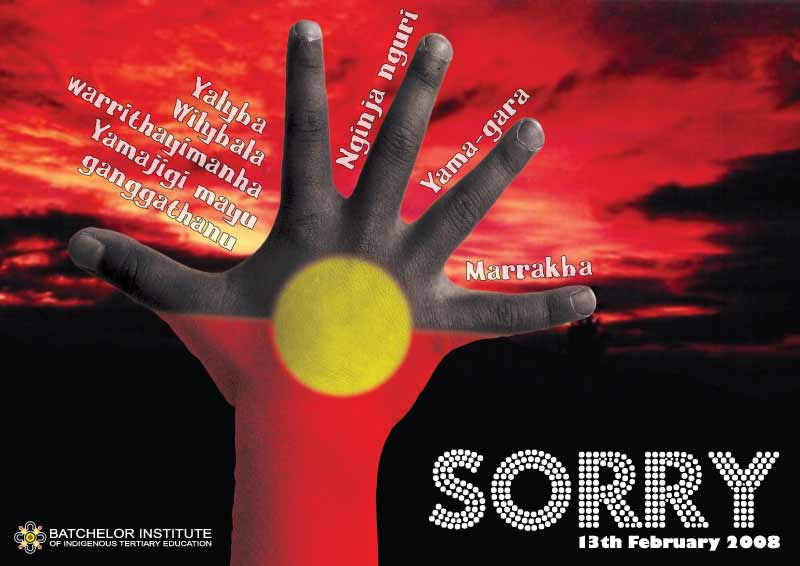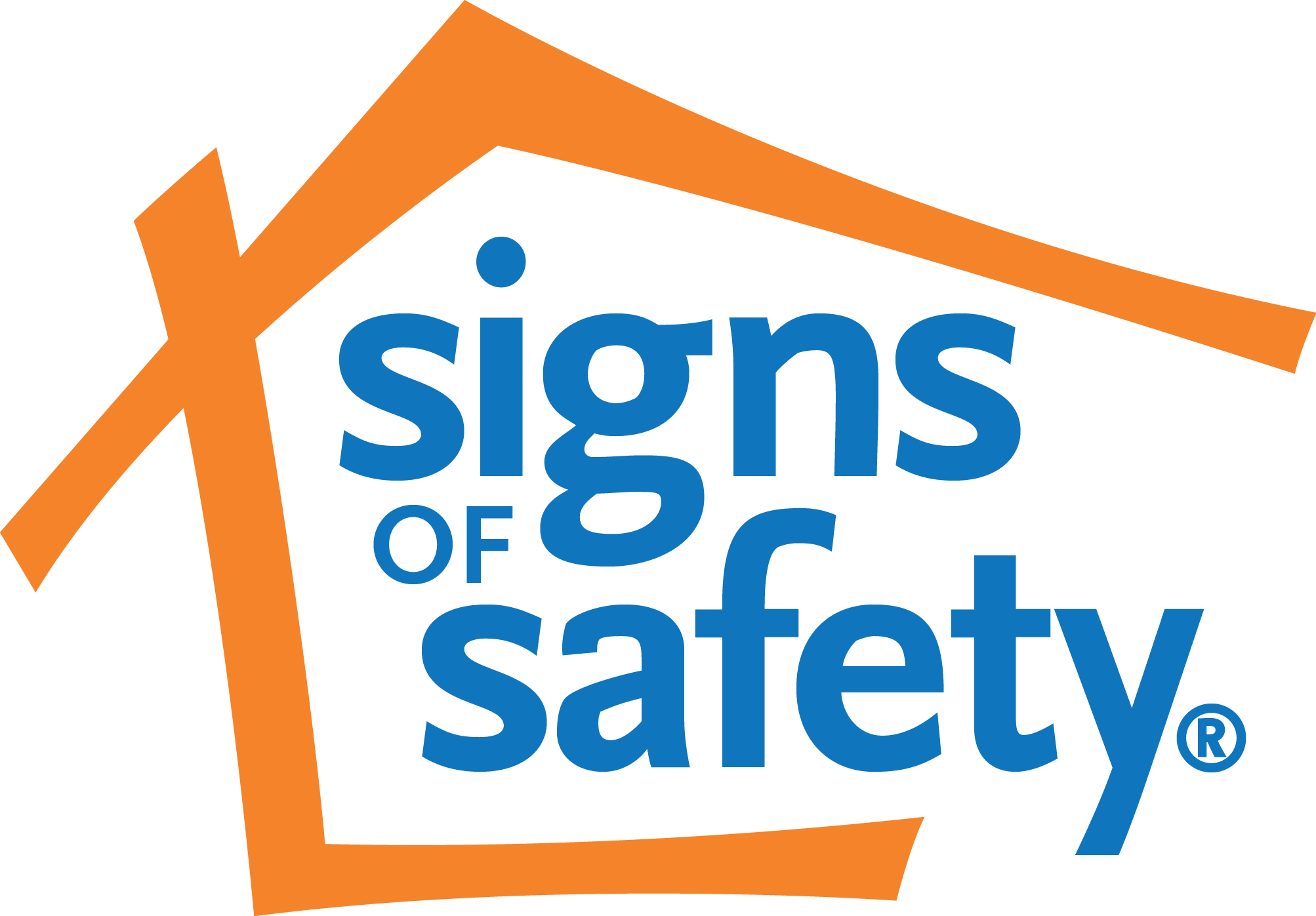
The Problem
In early 2008, Australia’s Prime Minister Kevin Rudd formally apologised to the Stolen Generations of Indigenous children stripped of their connection to family, community and country. Sadly, ten years later in 2018 the number of Australian Aboriginal and Torres Strait Islander children in care had doubled. Lacking ways to enact the intentions of the apology, child ‘protection’ systems across the country have continued apace with the practice of removal. By 2020, Indigenous children were 10 times more likely to be in care than their non-Indigenous brothers and sisters. Culture eats strategy for breakfast and the culture of the white fella child protection system is eating up the lives and future of Aboriginal and Torres Strait Islander children and young people and the communities they belong to.
The Solution
To genuinely close the gap for Indigenous children in Australia, whole system child protection transformation is required, that ensures:
- Full involvement of family and all those with natural connections to the child. Full involvement of all these folk in the assessment, planning and action from the very first contact by child protection agencies until the last, so that everything possible is done to keep the child within their community and their immediate or extended family
- Whether the child lives within or outside their immediate family, kin or community, child protection systems demonstrate that they are doing everything possible to sustain and deepen the child’s lifelong connection with their family, culture, community, and country of origin. The key arbiters of this standard must be the children, their families, and the communities the child belongs to.
The Good News
One Australian jurisdiction is leading the way in showing that it is possible to transform statutory child protection responses.
Over the past four years, Territory Families has reduced the number of children in care from 1067 on June 30, 2018, to 913 today. The vast majority of these, are Indigenous children. This the fifth successive year of reductions. A 14.4 percent reduction may seem insignificant in the face of the problem however this is the first time any state or territory has achieved any significant out-of-home care reduction over successive years since nationally comparable data began in the 1990s.
Alongside these improvements Territory Families has also achieved:
- A reduction in placements of Indigenous children with non-Indigenous families
- An increased focus on rapid response processes that prioritise the involvement of naturally connected networks around the family from immediately the agency steps into their children’s lives.
Are These Changes Safe or Dangerous?
When any care system achieves any sort of reduction of children in care numbers the question must be asked: has this occurred because of naïve practice that leaves children in unsafe circumstances? The internationally recognised standard for assessing the safety of child protection decision making is found in re-notification rates, this being the percentage of cases that are re-referred within 12 months following case closure. Anything close to single figure re-notification rates are regarded as good. In the same 2018 to 2022 period, Territory Families has seen re-notifications decline from 16 to 10 percent.
How These Changes Were Achieved
The changes have been achieved in the Territory through a purposive whole system change effort that includes:
- Leadership consistently demonstrating their direct connection with practice
- Clearly defined measurable improvement goals
- An ongoing leadership development programme
- Organisational cultural change grounded in clear operational programmes of behaviour
- An Aboriginal leadership group established and supported, grounded in an explicit cultural security framework and Aboriginal practice principles
- Explicit programme to stabilise staff churn
- Resetting the primary purpose of the children in care system as sustaining and deepening children’s connection to culture, country, community, and family as the foundation of placement stability and meaningful child safety and development
- Fully resourced implementation of a commonly understood participatory practice model — the Signs of Safety
- Focus on learning not just training. Building the organisation’s learning culture around success in strong participatory practice with families and communities
- Redesigning the IT case management system and processes focused first and foremost on practitioner experience and desired practice rather than KPIs
- Directing more resources to Indigenous family support agencies.
